
From left, German Cardinal Walter Kasper, president emeritus of the Pontifical Council for Promoting Christian Unity; Cardinal Reinhard Marx, Archbishop of Munich and Freising (Germany); Cardinal Severino Poletto, Archbishop emeritus of Turin (Italy).
With the beginning of the sede vacante, Cardinal Angelo Sodano, Dean of the College of Cardinals, summoned the cardinals to the first General Congregation, as provided for by the Apostolic Constitution (March 1).
The members of the College of Cardinals — including both voters and non-voters — were ga

Canadian Cardinal Marc Ouellet, Prefect of the Congregation for Bishops.
thered in meetings called General Congregations in preparation for the Conclave.
The General Congregations enabled the cardinals to get to know each other better and share ideas about what characteristics Benedict XVI’s successor should have.
The General Congregations, chaired by Cardinal Dean Angelo Sodano accompanied by Cardinal Camerlengo Tarcisio Bertone, S.D.B., and the Secretary of the College, Archbishop Lorenzo Baldisseri, took place from Monday, March 4, to Monday, March 11, in the new Synod Hall.
Every three days three cardinals, from the Orders of Cardinals (Order of Bishops, Order of Priests and Order of Deacons) were chosen by lot to work as assistants of the Camerlengo in the Particular Congregation.
Generally cardinals met in the morning, but sometimes they decided to meet both morning and afternoon, holding two congregation sessions in the same day.
The consultations took place behind closed doors, with no contacts with journalists or other media. Although journalists tried to get in touch with various cardinals as they arrived at the new Synod Hall, alone or in small groups, none of them made any particular statement to reporters.

Cardinal Angelo Scola, Archbishop of Milan (Italy).
Fr. Federico Lombardi S.J., director of the Holy See Press Office, was present at the Congregations and held daily briefings to inform journalists.
About 152 cardinals attended the congregations. Among them only 115 participated in the Conclave because only those under 80 are eligible to vote.
Many cardinals had the chance to make an address during the ten meetings held, and there was a total of 162 talks given. The order of talks, said Fr. Lombardi, was not selected according to geographical origins or precedence or topic. A time frame of 5 minutes was established for each address.
Several themes were discussed, focusing mainly on the following:
• the Church’s role in the world today,
• needs of the New Evangelization,

Cardinal Peter Erdo, Archbishop of Esztergom-Budapest (Hungary).
• the Holy See and the different dicasteries of the Roman Curia,
• relations with local churches and bishops,
• ecumenical dialogue,
• charitable work for the poor,
• bioethics,
• justice in the world,
• the Gospel as a proclamation of love, joy, and mercy, and
collegiality,
• the role of women in the Church,
• the expectations for and a profile of the future Pope.

Cardinal Christoph Schonborn, Archbishop of Vienna (Austria).
The Institute for Works of Religion (IOR) was discussed as well.
Cardinal Tarcisio Bertone, as president of the Commission of Cardinals for oversight of the IOR, talked about the Institute in the tenth and last Congregation.
Regarding the addresses delivered during the ten Congregations, each of the continents was represented and a wide range of topics was covered.
The director of the Holy See Press Office, explaining some procedures of the Congregations, said that during the first day the cardinals took their seats in order of precedence (Order of Cardinal-bishops, Order of Cardinal-priests, and Order of Cardinal-deacons). According to the Apostolic Constitution Universi Dominici Gregis, each cardinal swore the oath before the crucifix, with his hand upon the Gospels. The additional cardinals who arrived in the following days also took the oath, Fr. Lombardi reported, updating the news.
On the first day of the Congregations, the College of Cardinals also sent a message of greeting and gratitude to

Cardinal Odilio Pedro Scherer, Archbishop of São Paulo (Brazil).
His Holiness Benedict XVI, Pope emeritus.
In the Fifth General Congregation, the three Cardinal presidents of the Holy See’s economic departments (Cardinal Giuseppe Versaldi, president of the Prefecture for the Economic Affairs of the Holy See; Cardinal Domenico Calcagno, president of the Administration of the Patrimony of the Apostolic See, APSA; Cardinal Giuseppe Bertello, president of the Governorate of Vatican City State) gave brief reports in their areas of competence.
Finally, the beginning date of the conclave — Tuesday, March 12 — was decided and approved by the cardinals by an overwhelming majority during the ninth General Congregation.
In a friendly and relaxed atmosphere, greetings were exchanged among Cardinals Walter Kasper, Francesco Coccopalmiero and Julio Terrazas Sandoval, C.SS.R., during the General Congregations, according to a statement by Fr. Lombardi.

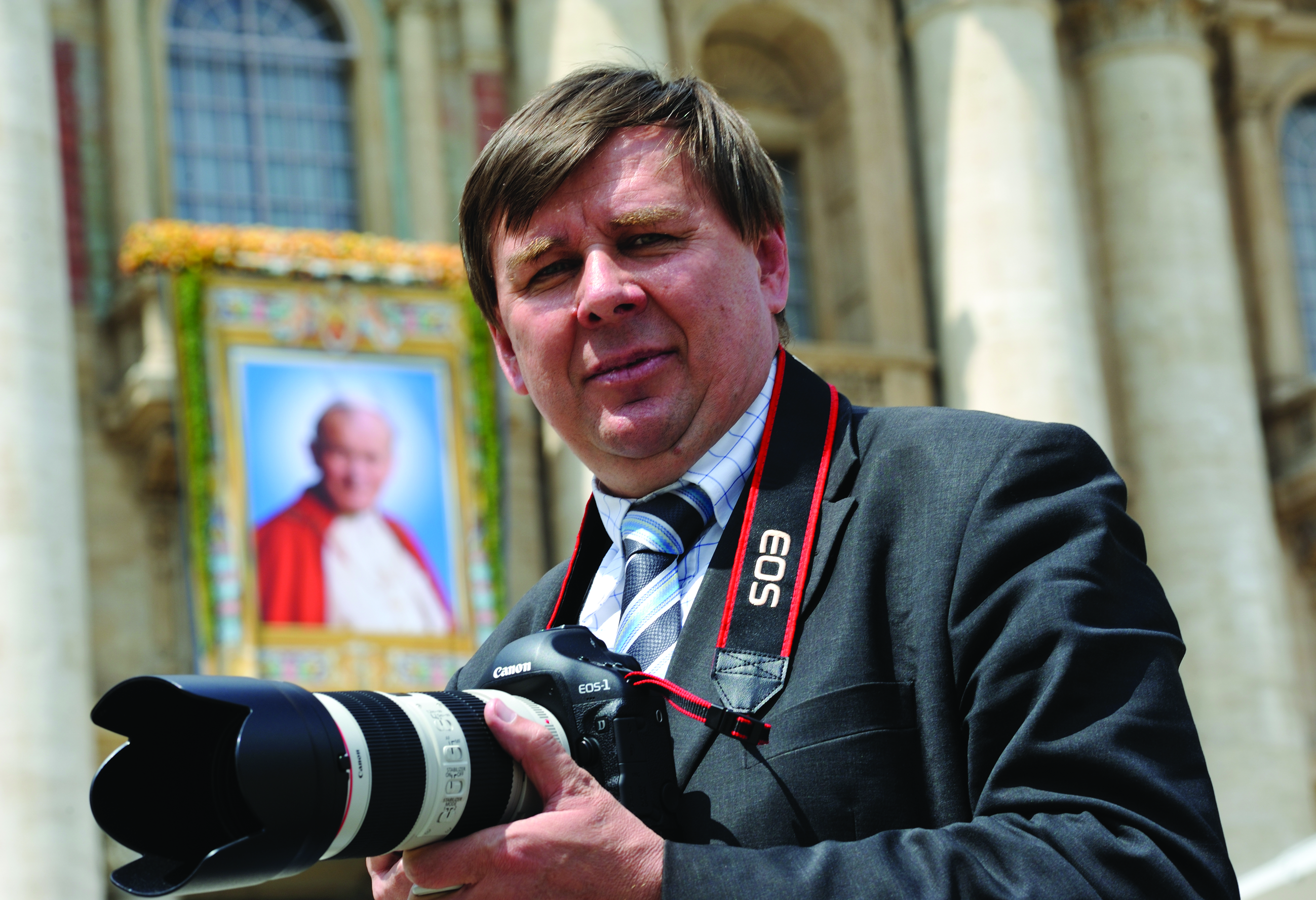
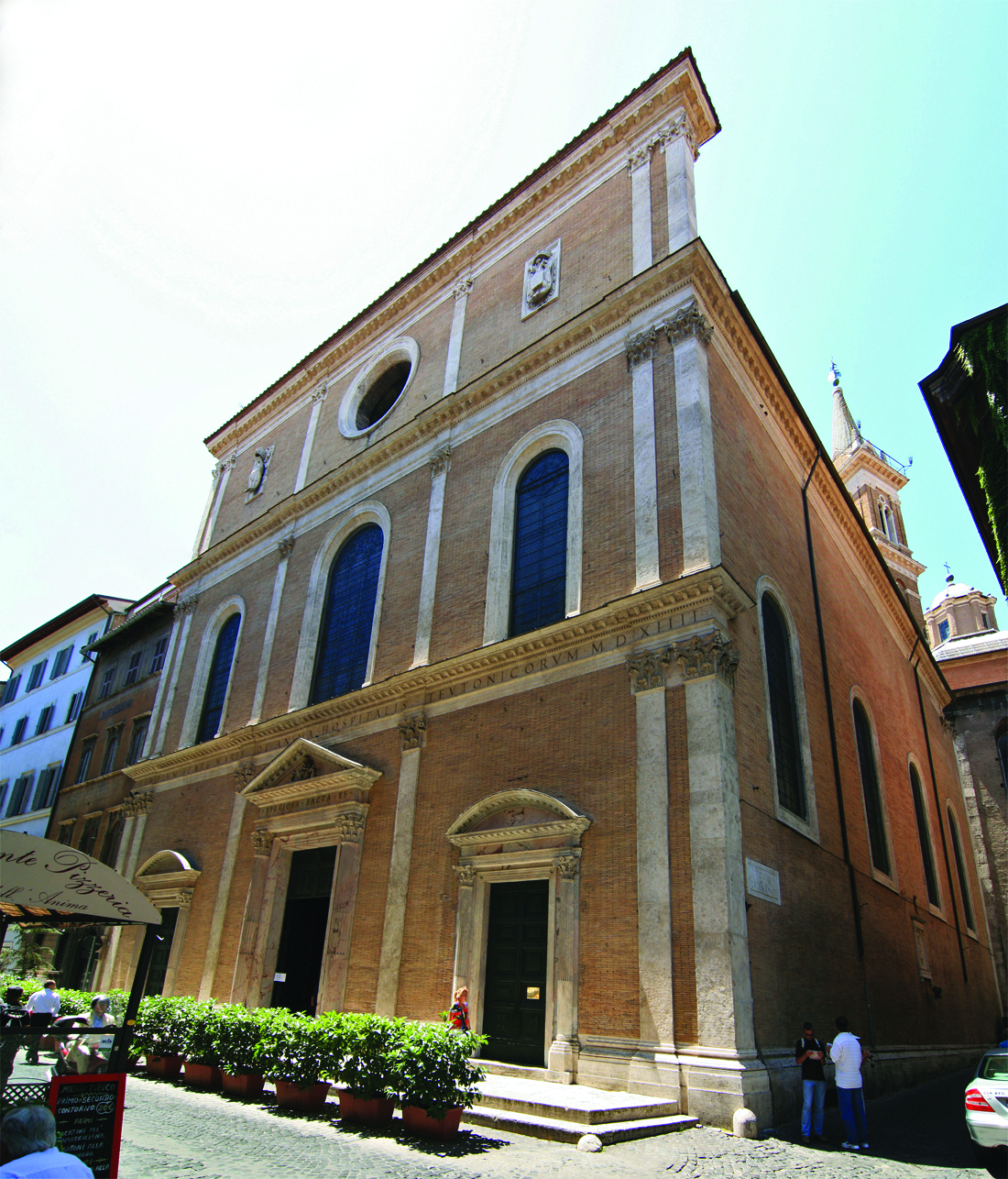
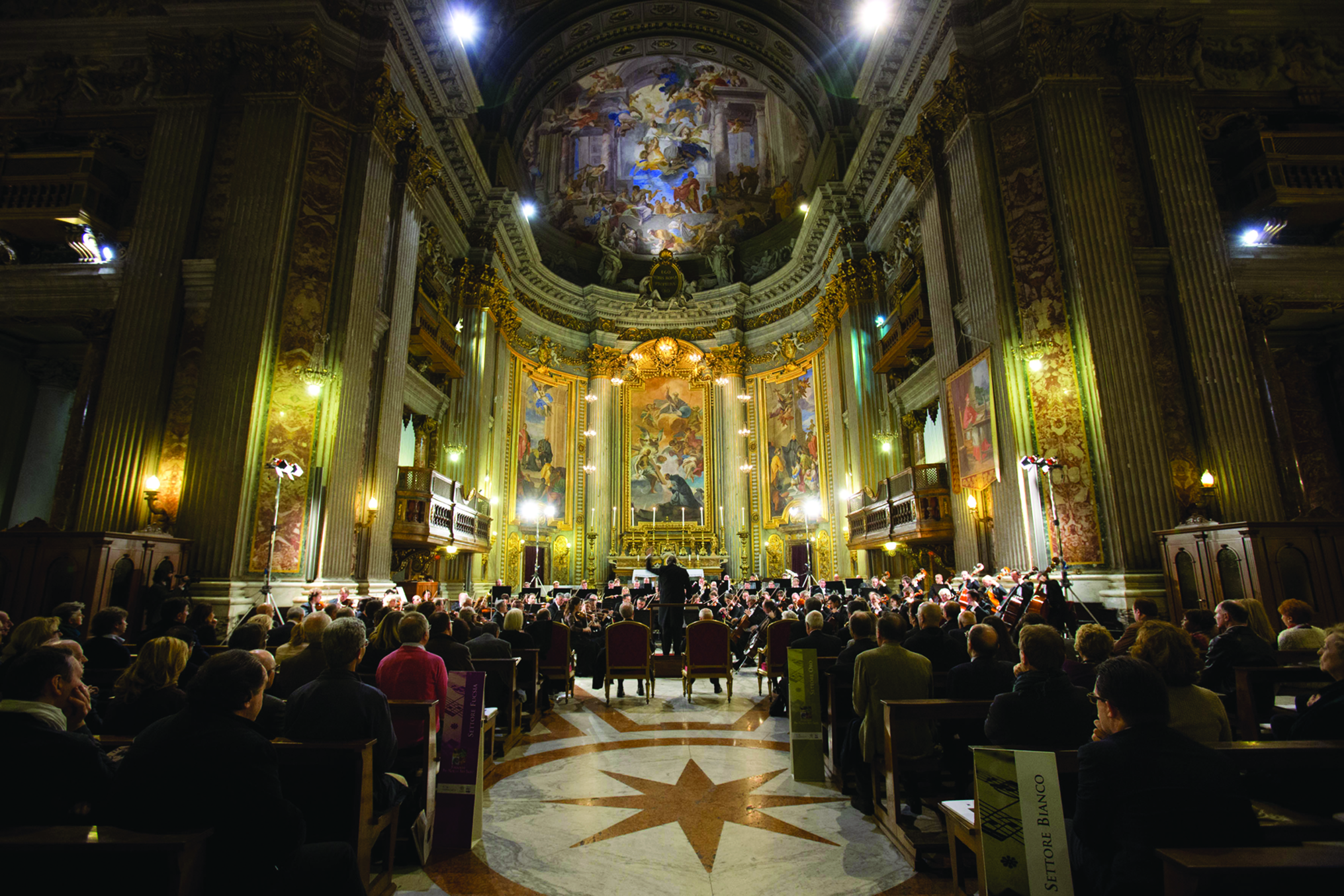
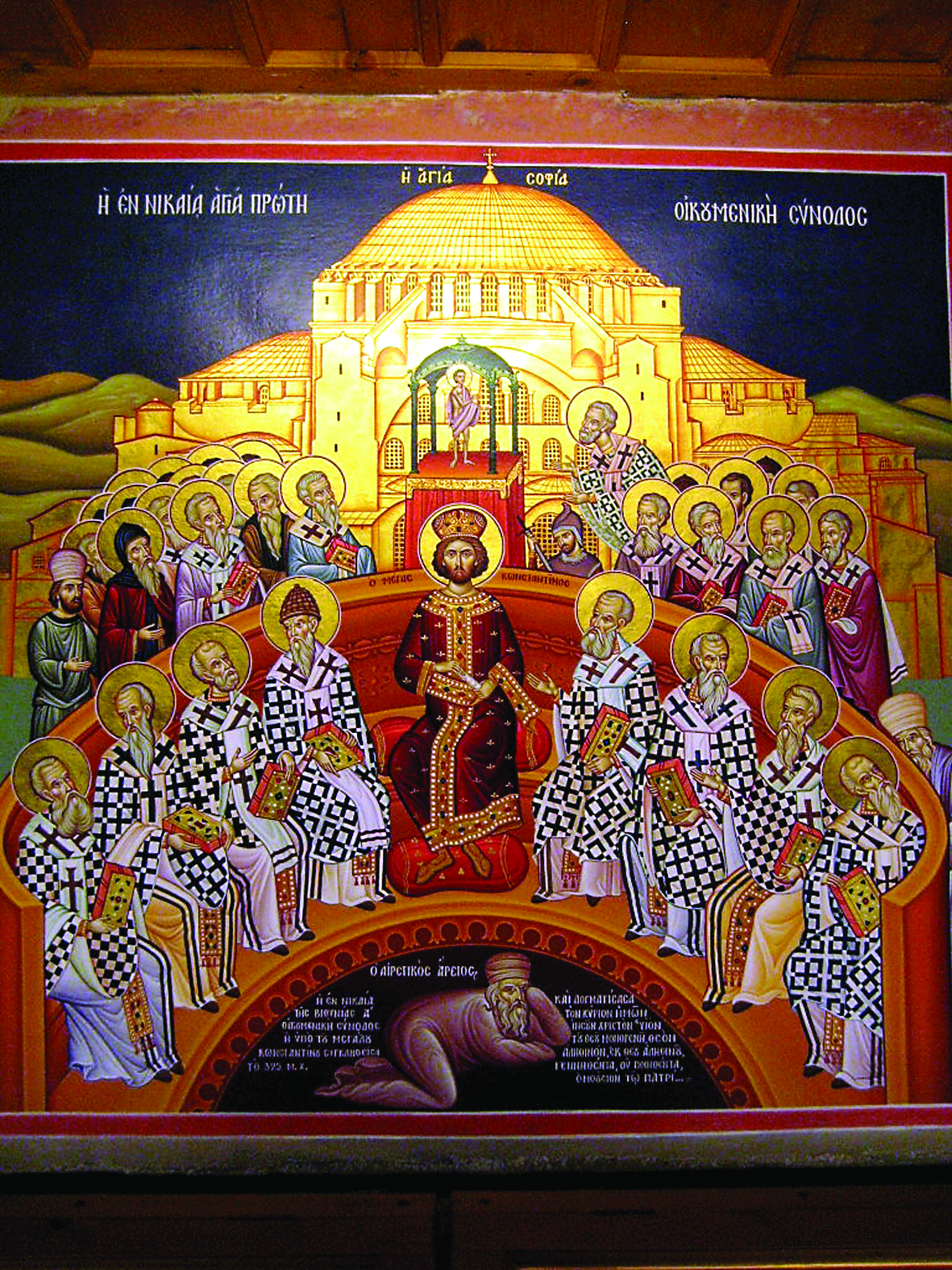
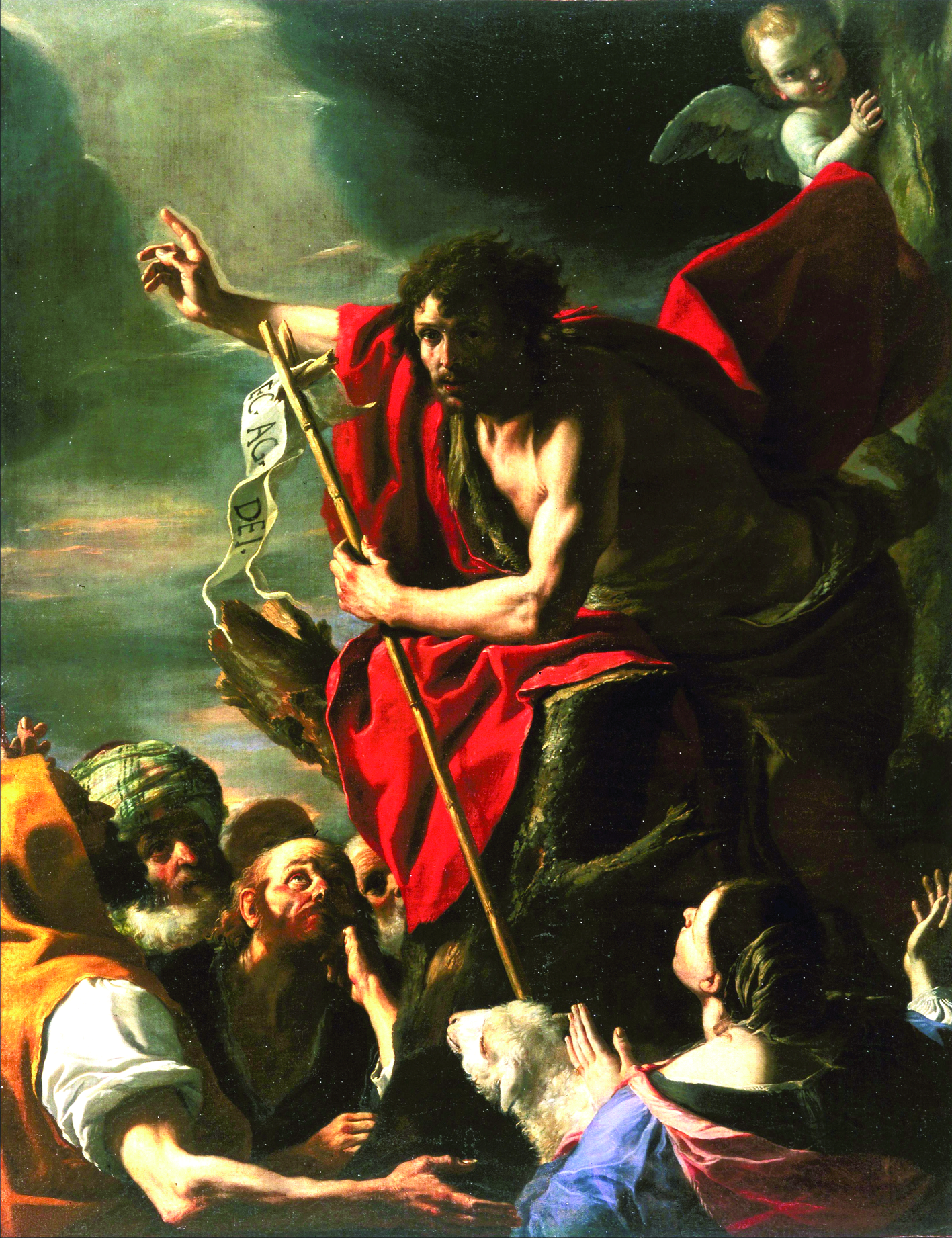
Facebook Comments